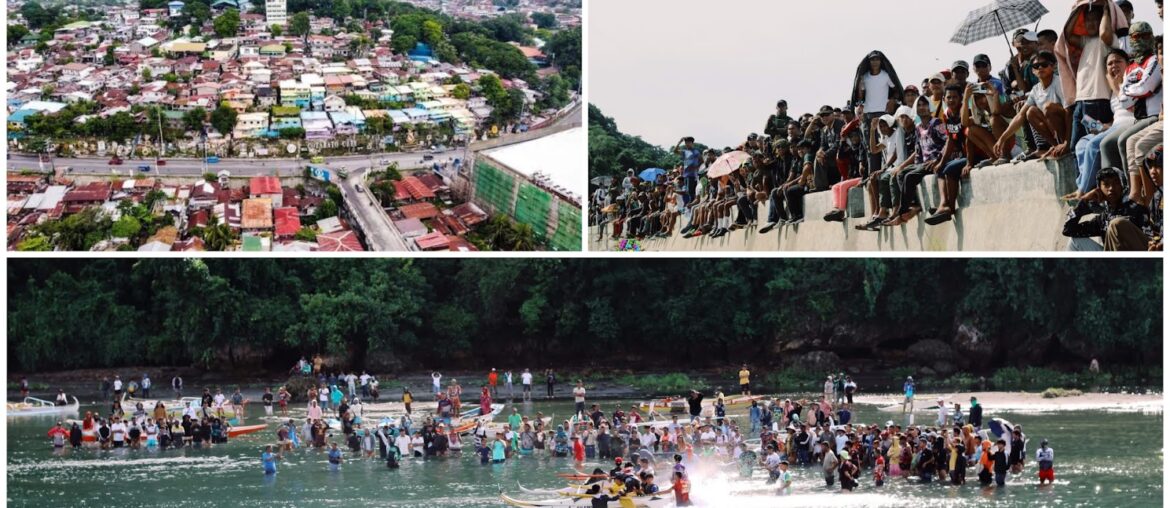Cotabato City is unlike any other urban center in the Philippines. Situated in the heart of Mindanao, it is a home to a mix of ethnic groups, including Maguindanaons, Iranuns, Maranaos, Tausugs, Cebuanos, Ilonggos, Tagalogs, and others.
It is also one of the few places in the region where Tagalog and not Cebuano or a local ethnic language, is the most widely spoken language in daily life. In schools, marketplaces, government offices, and public transport, Tagalog serves as the primary medium of communication for the majority of Cotabateños.
A Linguistic Middle Ground in a Diverse City
The answer lies in the city’s ethnolinguistic diversity. Cotabato City does not have one dominant native language, unlike many other parts of Mindanao where Bisaya (Cebuano) often prevails in informal conversations. In Cotabato, the population is composed of multiple indigenous and migrant communities, each with its own mother tongue and cultural heritage.
Given this variety, Tagalog, formally known as Filipino, appeared as the most neutral and widely understood language. It acts as a bridge that allows people from different languages and cultural backgrounds to communicate effectively and respectfully. Over time, it became the city’s shared language, not by force, but by functionality.
Education, Media, and National Identity
The widespread use of Tagalog in Cotabato can also be attributed to its role as the national language. It is the primary language of instruction in schools, widely used in national media, and the official language of government communications. For many Cotabateños, especially the younger generations, Tagalog was the first language they learned in classrooms and the language they consume daily through television, radio, and social media.
Its presence in institutions strengthened its status as the default language in public spaces, used not only for official transactions but also in everyday conversations among people from different backgrounds.
A Shared Language Without Replacing Identity
It is important to note that while Tagalog is the city’s common language, it does not erase the deep sense of ethnic identity among its residents. Many Cotabateños still speak Maguindanaon, Iranun, Tausug, or Cebuano at home or within their respective communities. These native tongues continue to thrive in religious ceremonies, family conversations, and cultural events.
Tagalog’s role is not to replace these languages, but to coexist with them, providing a functional means of communication in a multi-ethnic society while preserving the city’s unique cultural fabric.
The Language of Coexistence
In Cotabato City, Tagalog has become more than a national language, it is a unifying thread in a community of many voices. It embodies adaptability, inclusivity, and mutual respect in a setting where diversity is not just a characteristic but a way of life.
In a city where identity is complex and layered, the use of Tagalog reflects a quiet yet powerful form of harmony. This shared voice allows many cultures to coexist, speaking, listening, and understanding one another.
In Cotabato, the language of unity is not born from dominance, it is born from choice.



Comments are closed.